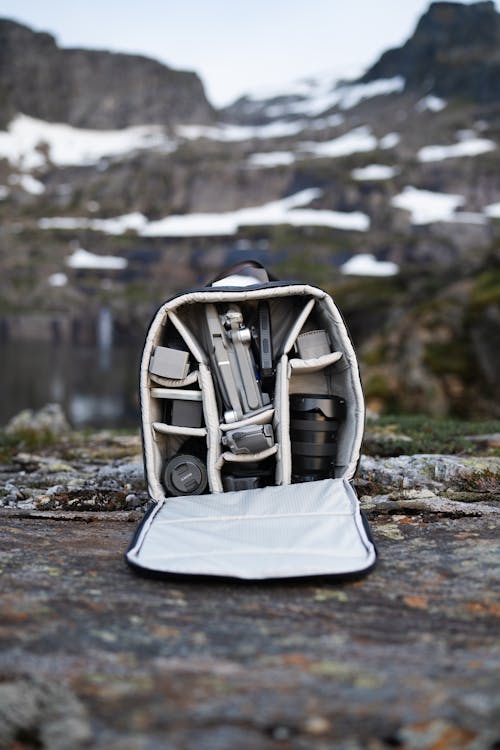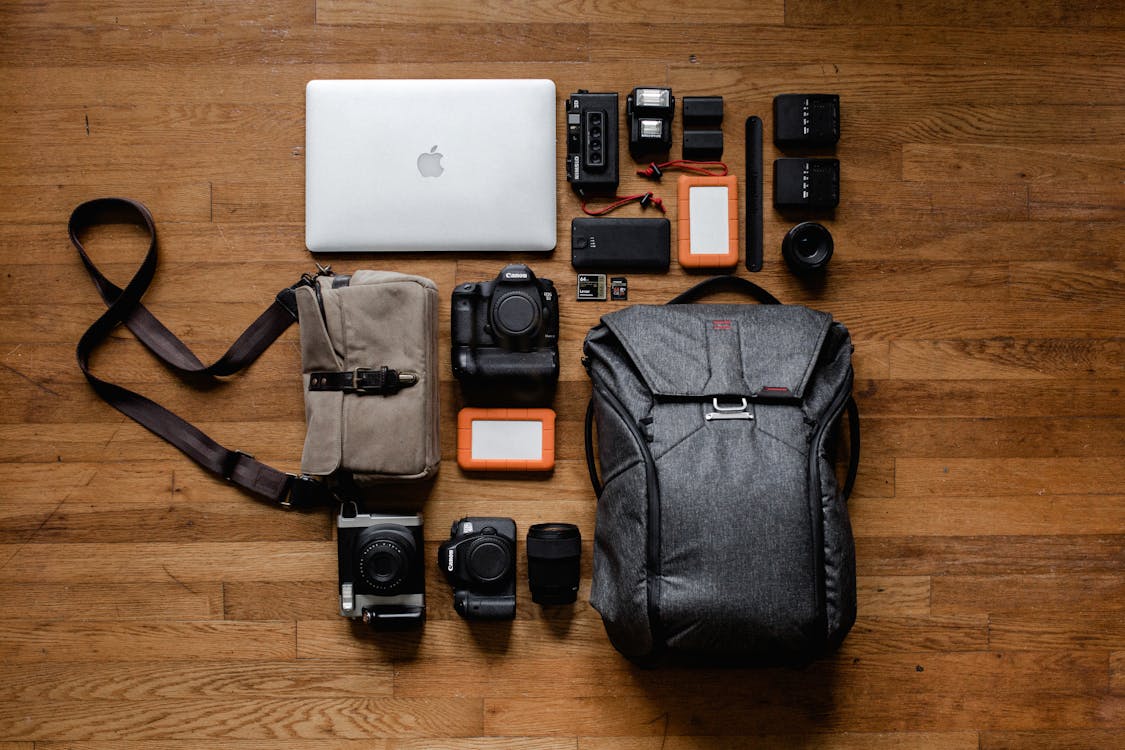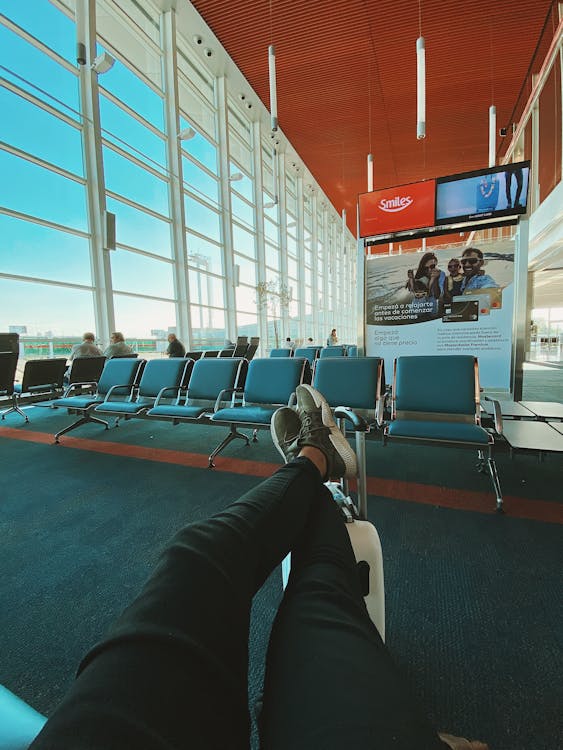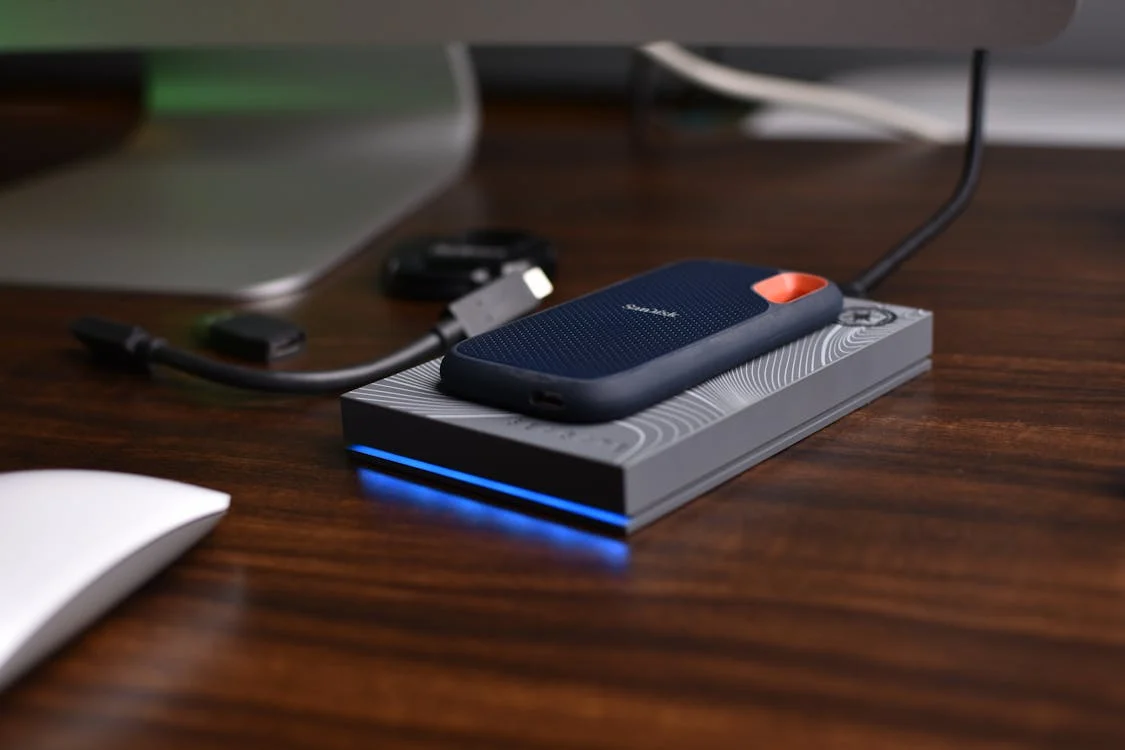How to Travel with Camera Gear: Essential Tips and Strategies

Traveling with camera gear is a balancing act between ensuring your equipment’s safety and accessibility while capturing memorable moments. Whether you’re a professional photographer or an enthusiast, these essential tips will help you navigate the challenges of traveling with valuable camera equipment.
Choose the Right Camera Bag

Selecting the appropriate camera bag is crucial for protecting your gear and facilitating easy transport. Consider these options:
- Backpacks: Ideal for comfort and versatility. Look for padded compartments and adjustable dividers to organize cameras, lenses, and accessories.
- Roller Bags: Provide convenience in airports with wheels and extendable handles. Ensure they meet airline carry-on size restrictions.
- Inserts or Cubes: Use these within nondescript bags to disguise expensive gear and avoid drawing attention.
Pack Strategically
Packing your camera gear strategically ensures everything stays secure and accessible:
- Use Padded Dividers: Separate and cushion each piece of equipment to prevent damage from impacts.
- Heavier Items at the Bottom: Maintain balance by placing heavier items like camera bodies and lenses at the bottom of your bag.
- Essentials in Carry-On: Keep vital equipment such as cameras, lenses, batteries, and memory cards in your carry-on to avoid loss or theft.
Carry-On Essentials

Ensure your carry-on bag includes all essential camera gear:
- Batteries: Lithium-ion batteries must be carried in the cabin due to safety regulations. Pack extras and chargers to stay powered throughout your trip.
- Backup Battery: Always have a backup battery fully charged to avoid missing critical shots.
- Cleaning Supplies: Pack lens cloths and cleaning solutions in travel-sized containers within TSA guidelines.
Secure Your Equipment
Protect your gear from theft and damage with these security tips:
- Discreet Packaging: Use camera inserts or cubes within inconspicuous bags to avoid attracting unwanted attention.
- Minimal Brand Display: Avoid prominently displaying camera brands or logos on bags to deter theft.
- Insurance Coverage: Insure your camera gear against theft, damage, or loss during travel. Verify coverage for international trips and high-value items.
Airport Security Tips

Prepare for smooth passage through airport security checkpoints:
- Organized Packing: Arrange your camera gear logically for easy inspection by security personnel.
- Explanation Ready: Be prepared to explain the purpose of your equipment and its contents if requested.
- TSA/Airport Security Guidelines: Familiarize yourself with TSA/Airport Security regulations regarding liquids, batteries, and electronic devices to expedite security checks. From my experience, most airport security regulations only permit liquids in containers of 100ml or less.
Handling Larger Equipment
For larger or fragile equipment like tripods and lighting gear, take extra precautions:
- Secure Cases: Use sturdy, padded cases like Pelican cases for maximum protection during transit.
- Labeling: Clearly label cases with your contact information and handle with care instructions.
- Insurance Considerations: Ensure valuable or specialized equipment is adequately insured against damage or loss.
Climate Considerations
Protect your gear from environmental factors that could affect performance:
- Temperature Control: Avoid exposing cameras to extreme heat or cold for prolonged periods to prevent condensation and internal damage.
- Desiccant Packs: Use desiccant packs in camera bags to absorb moisture and maintain optimal humidity levels.
- Weather Protection: Carry waterproof covers for cameras and bags to shield gear from rain or humidity in unpredictable climates. Also, consider using water resistant camera backpacks or water resistant camera bags for added protection against the elements.
Backup and Storage Solutions

Implement a reliable backup strategy for your photos and videos:
- Multiple Memory Cards: Pack extra memory cards to accommodate large volumes of data and avoid running out of storage.
- Cloud Storage: Use cloud services to backup files securely online, ensuring access to your images from anywhere.
- Local Backups: Transfer photos to a portable hard drive or laptop daily as a secondary backup measure.
Destination Research
Research local regulations and restrictions concerning photography and drone use at your destination:
- Permit Requirements: Some countries require permits for professional photography or drone operations. Obtain necessary permits in advance to avoid legal issues.
- Cultural Sensitivity: Respect local customs and privacy considerations when photographing people or sensitive locations. Based on personal experience, many Middle Eastern countries have cultural norms that discourage or prohibit taking photos of people without their permission. Always ask for consent and be mindful of the local customs to avoid offending anyone.
- Security Precautions: Be aware of areas where photography may be restricted for security or privacy reasons.
Travel Hacks and Insights
Learn from seasoned travelers with these additional tips and insights:
- Minimalist Approach: Pack only essential gear to lighten your load and simplify decision-making in the field. Sometimes less is more!
- Community Insights: Join online forums or photography groups to learn from others’ travel experiences and recommendations.
- Emergency Preparedness: Carry contact information for camera repair services and local support in case of equipment failure or emergencies abroad.
Related: How to Renew your US Passport Online
FAQs: Traveling with Camera Gear
How to travel with camera gear on a plane?
Pack your camera gear securely in a dedicated camera bag or case. Ensure lithium-ion batteries are carried on in your cabin bag. During airport security, place your gear in a separate bin. Consider storing it under the seat, as overhead compartments can shift during the flight, potentially causing movement that may impact your equipment.
How to travel carry on only with camera gear?
Use a compact camera bag that fits airline carry-on restrictions. Prioritize essential gear and pack efficiently to maximize space and weight limits. Mirrorless cameras can be a great option when packing for carry on luggages.
How to travel light with camera gear?
Choose lightweight camera bodies, like mirrorless cameras, and lenses. Minimize accessories to essentials like batteries, memory cards, and a portable tripod.
Do you have to take camera out for TSA?
Yes, when passing through TSA security checkpoints, you generally need to remove your camera and place it in a bin for screening.
Conclusion
Traveling with camera gear requires careful planning and preparation to protect your investment and capture unforgettable moments. By selecting the right equipment, packing strategically, and staying informed about airline policies and destination regulations, you can travel confidently and focus on your photography without unnecessary stress.

